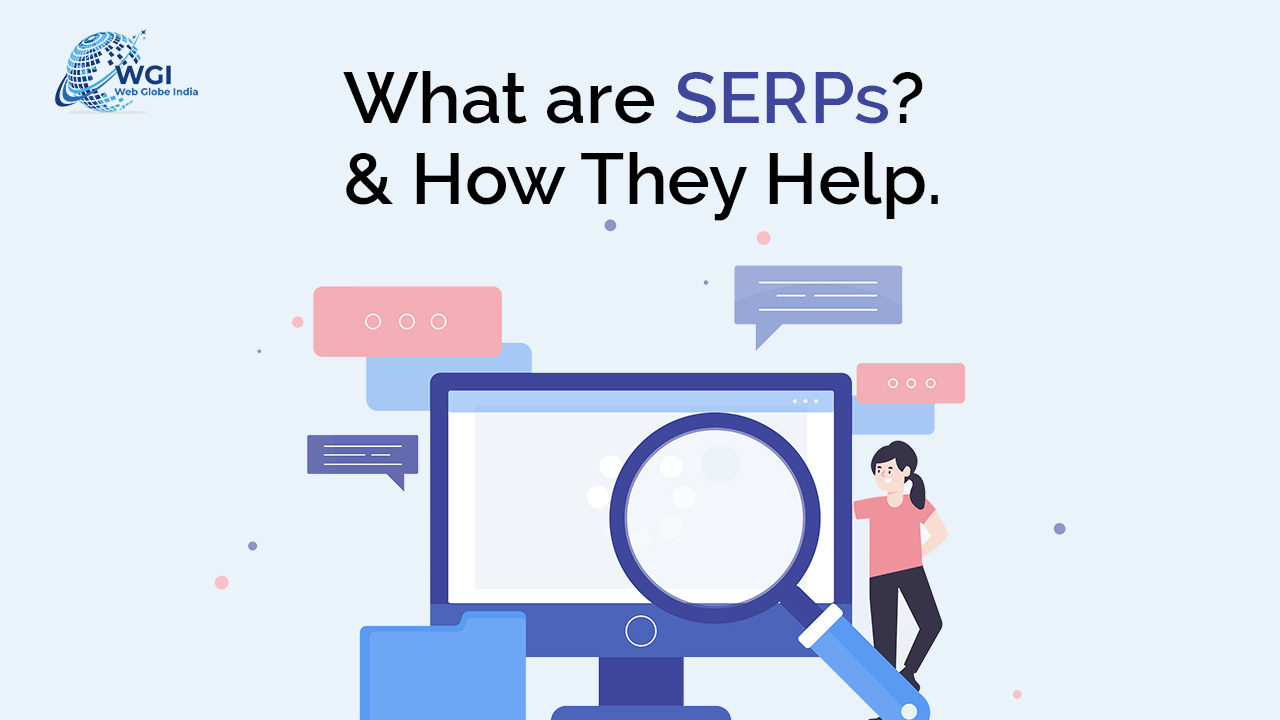Introduction:
As a website owner or content creator, you’ve probably come across the term “bounce rate” in your analytics. Bounce rate refers to the percentage of visitors who land on your website but leave without exploring any other pages. A high bounce rate can be concerning because it indicates that visitors are not engaging with your content or finding what they are looking for. In this blog, we’ll delve into the reasons behind a high bounce rate and explore effective strategies to improve it, thus increasing user engagement and website success.
1. Slow Page Load Times:
One of the leading causes of high bounce rates is slow-loading pages. In today’s fast-paced digital world, users have little patience for websites that take forever to load. Research shows that a mere 1-second delay in page load time can lead to a significant increase in bounce rate. To improve this, consider optimizing images, leveraging browser caching, and upgrading to a faster web hosting provider.
2. Poor Website Design:
An aesthetically unappealing or confusing website design can drive visitors away. A cluttered layout, difficult-to-read fonts, or lack of clear navigation can frustrate users, leading them to abandon your site. Opt for a clean, intuitive design that guides visitors to essential content and calls-to-action. Mobile responsiveness is also crucial, as a growing number of users browse the web on their smartphones.
3. Irrelevant or Low-Quality Content:
When visitors arrive on your website and don’t find the content they were expecting or if the content is of low quality, they are more likely to bounce back to their search results. Conduct thorough research on your target audience’s interests and pain points, and create valuable, well-written content that addresses their needs. Ensure that your headlines and meta descriptions accurately reflect the content to manage expectations.
4. Lack of Call-to-Action (CTA):
A lack of clear CTAs can lead to high bounce rates as visitors may not know what to do next or where to explore further. Ensure that each page has a compelling CTA, such as subscribing to a newsletter, exploring related articles, or making a purchase. Well-placed CTAs can encourage visitors to stay engaged with your website.
5. External Links Opening in the Same Window:
If your website contains external links that open in the same window, visitors may inadvertently leave your site when they were intending to check out the external content briefly. To improve bounce rates in such cases, set external links to open in new tabs or windows, so your website remains open in the background.
6. Targeting the Wrong Keywords:
If your website is ranking for keywords that are not relevant to your content or audience, it could attract visitors who are not genuinely interested in your offerings. This can lead to a higher bounce rate. Review your keyword strategy and focus on targeting more specific, relevant keywords to attract the right audience.
7. Improve Page Relevance and Meta Descriptions:
Make sure your page titles, meta descriptions, and content accurately match the search intent of your target audience. Misleading or poorly crafted meta descriptions can result in higher bounce rates when users feel deceived by the content they find after clicking through.
Conclusion:
A high bounce rate can be detrimental to your website’s success and user engagement. By addressing issues like slow page load times, enhancing website design, creating relevant and valuable content, implementing clear CTAs, and optimizing keywords, you can significantly improve your bounce rate. Remember, a low bounce rate indicates that visitors are finding value in your website, engaging with your content, and increasing the likelihood of achieving your goals, whether it’s lead generation, conversions, or overall user satisfaction. Keep analyzing your website’s performance regularly and apply these strategies to foster a positive user experience and drive long-term success.







